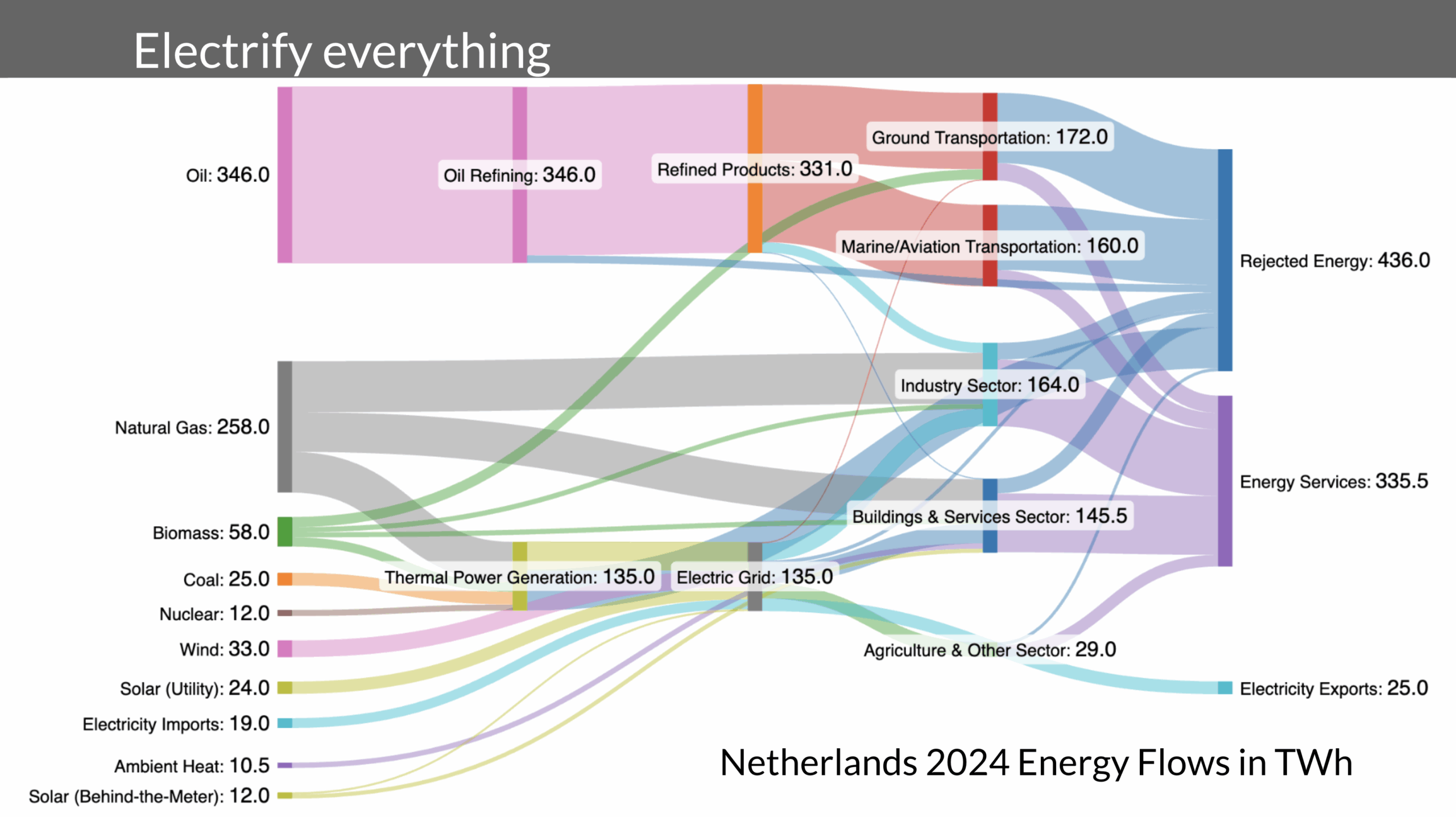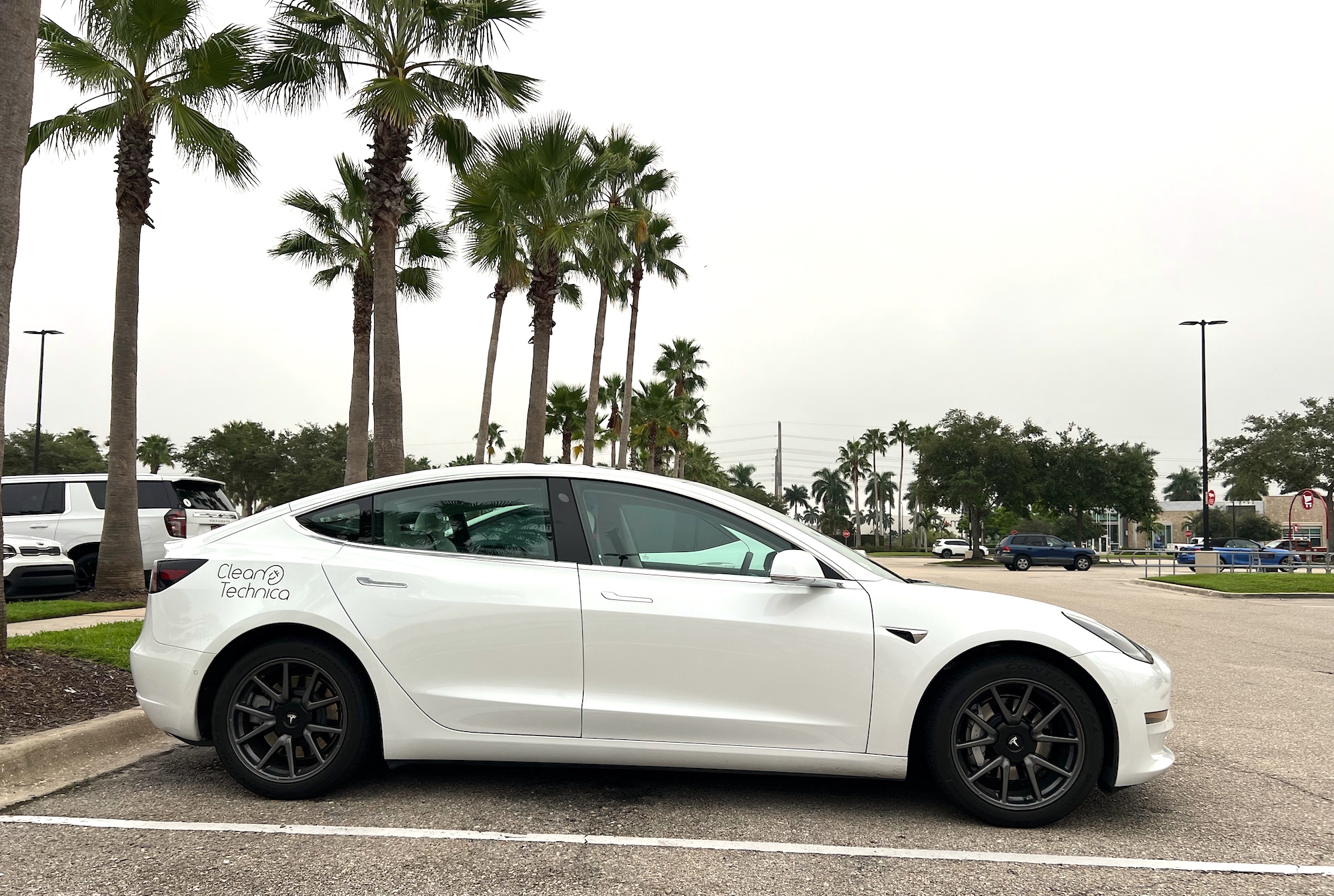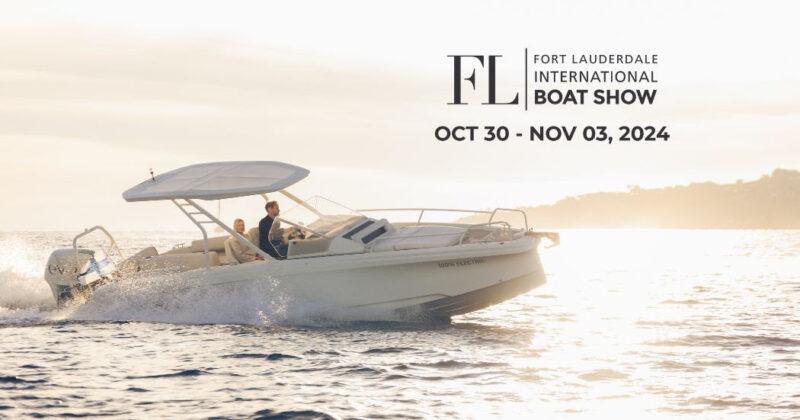London, September 28, 2025, (Oilandgaspress) –– In 1990, the Diablo heralded a new era for the Lamborghini brand, breaking the 325 km/h speed barrier and setting an all-time record for road cars of that period. The Diablo’s story started to take shape in 1985 with Project 132, conceived to deliver a successor to the Countach and create the fastest car in the world. The first prototypes revealed sharp, visionary lines that were later refined with the arrival of Chrysler in 1987, giving the model both harmony and a future-oriented vision. That was how the final silhouette was created: the scissor doors, muscular proportions, a striking rear design, and a passenger compartment that was not only sporty but also comfortable. The Lamborghini Diablo was unveiled in 1990 in the Principality of Monaco at the opening of the Monte Carlo Rally and produced until 2001: it became an icon worldwide and in automotive history. Today, this legend is preserved by Lamborghini Polo Storico which, through its archive, restorations and certifications, protects its authenticity.

Even the name speaks of a legend: Diablo, named in honor of the legendary fighting bull of the same name which, in 1869 fought for hours against the matador José de Lara, known as “El Chicorro”. Its debut was an immediate commercial success, with the first orders coming in even before the presentation of the car, in a world before previews on social media and online.
With its 5.7-liter V12 engine, delivering 492 CV and 580 Nm torque, the Diablo could accelerate from 0 to 100 km/h in around 4.5 seconds, establishing a new speed record for road cars, reaching 337 km/h on the Nardò circuit. The tubular frame, aluminum and steel body with carbon fiber inserts—used for the first time on a production car—together with the sophisticated suspension gave the Diablo unprecedented driving dynamics. For the first time, a Lamborghini combined outstanding performance and innovative comfort, with adjustable seats, electric windows, and Alpine stereo system—delivering luxury, design, and power without compromise.
Over the eleven years of production, Diablo evolved into various versions. In 1993, the VT model introduced all-wheel-drive for the first time on a Lamborghini super sports car, which would become a typical feature of all the V12 engines, guaranteeing greater stability and driving safety. In the same year, the SE30 model celebrated the company’s 30th anniversary with an engine boosted to 525 CV, and pushed up to 596 CV in the Jota version, while the 1995 VT Roadster paved the way to the Lamborghini open-top V12 cars.

With over 60 available colors, 40 of which could be customized, this Lamborghini super sports car preempted the “Ad Personam” philosophy. Red was the most popular color, with over 550 units. With 2,903 units produced, the Diablo not only set an all-time sales record for Lamborghini up to 2001, but also contributed to strengthening the brand’s global reputation, opening the doors to a new era of international growth.
Information Source: Read More
energy news,oil market ,gas prices ,Oil and gas press, Energy , Climate, Gas,Renewable, Sustainability, Oil Price, LPG, Solar, Marine, Aviation, Fuel, Hydrogen, Electric ,EV, Gas,




